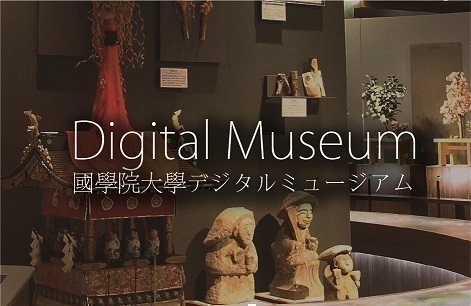- トップ
- Encyclopedia of Shinto
- Reikiki
Encyclopedia of Shinto
| Main Menu: | |
| Links: |
詳細表示 (Complete Article)
| カテゴリー1: | 9. Texts and Sources |
|---|---|
| カテゴリー2: | Other Basic Texts |
| Title | Reikiki |
| Text | One of the masterpieces of Ryōbu Shintō, this work contains fourteen volumes of text, and four volumes of figures and diagrams. Kūkai (the founder of the Shingon sect of Buddhism) is commonly believed to be the author, but it is also said that the text was conveyed by the dragon kami of Shinsen'en. Still others claim that it is a collaboration by Enno Gyōja (Enno Osunu), Kūkai, Saichō, and Emperor Daigo. Of course, these stories are the inventions of later generations, and most scholars believe that Reiki ki was written by Shingon priests in contact with Ise Shintō in the middle to late Kamakura period. The content of Reiki ki is a collection of interpretations, based upon esoteric Shingon Buddhism, of the spirits and kami (known as chinza and saishin, respectively) which are enshrined at the Grand Shrines of Ise. This book deeply influenced later generations and it provides the essential theory for Reiki consecration (reiki kanjō). Together with Nihon shoki, Reiki ki is considered to be one of the foundational texts of Ryōbu Shintō. Many commentaries have been written on this work such as Reiki seisakushō, Ryōhen's Reiki monsho, and Shōge's Reiki ki shishō and Reiki ki shūishō. A book that is closely related to it, Tenchi reiki furoku, was thought to have been written by Emperor Daigo. Reiki ki is included in Kōbōdaishi zenshū, vol. 5; Zoku gunsho ruijyū, Jingi; Takayamaji tenseki bunsho no kenkyū (1980, Tokyo University Press); and Shintō Taikei, Shingon Shintō, vol. 1. — Itō Satoshi |




